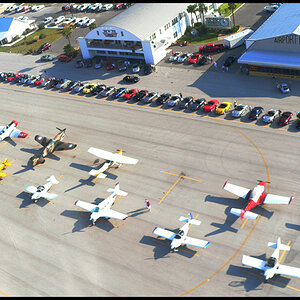mwcfarms
No longer a newbie, moving up!
- Joined
- Mar 16, 2010
- Messages
- 2,655
- Reaction score
- 179
- Location
- Southern Alberta
- Website
- www.deannachambers.com
- Can others edit my Photos
- Photos OK to edit
Ok so one of my new years resolutions is too be better at managing my files and HD space. I have two external hard drives plus my main hd and I back up online. I would like to be able to get rid of all the images on my hd now and move them to an external hard drive that I can then use when I need to. My file management is horrible. I am currently using LR3 and never utilized it for the file managment system it is.
So my question is what is the best way to copy said image files from 2011 to the external and get rid of the stuff in LR? Can I just simply copy and delete the folder once its done?
So my question is what is the best way to copy said image files from 2011 to the external and get rid of the stuff in LR? Can I just simply copy and delete the folder once its done?


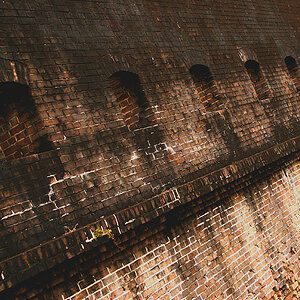
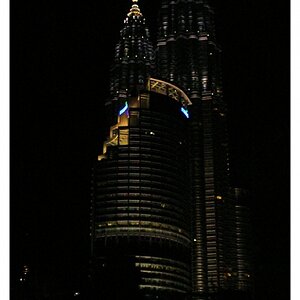


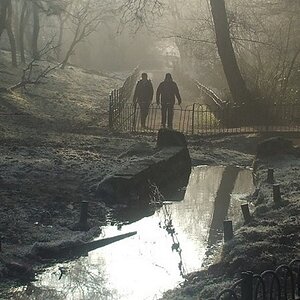


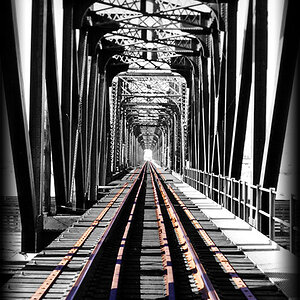
![[No title]](/data/xfmg/thumbnail/33/33494-b043d63ade80615498faca324203747a.jpg?1619736004)
